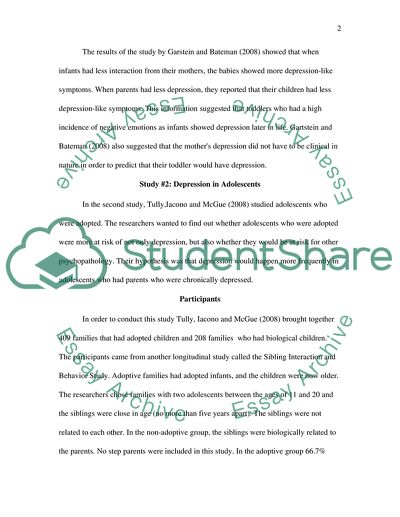Cite this document
(“Child Development: Participants and Method Article”, n.d.)
Child Development: Participants and Method Article. Retrieved from https://studentshare.org/social-science/1571713-child-development-paper-summarize-2-articles
Child Development: Participants and Method Article. Retrieved from https://studentshare.org/social-science/1571713-child-development-paper-summarize-2-articles
(Child Development: Participants and Method Article)
Child Development: Participants and Method Article. https://studentshare.org/social-science/1571713-child-development-paper-summarize-2-articles.
Child Development: Participants and Method Article. https://studentshare.org/social-science/1571713-child-development-paper-summarize-2-articles.
“Child Development: Participants and Method Article”, n.d. https://studentshare.org/social-science/1571713-child-development-paper-summarize-2-articles.


